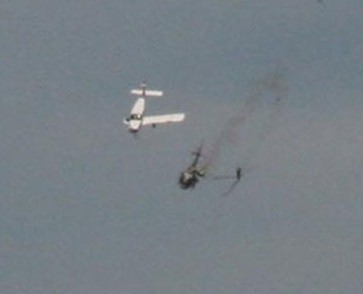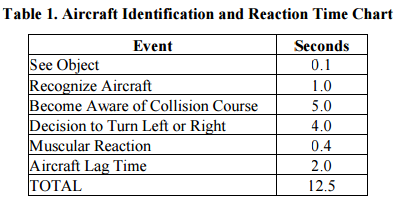With all the talk this week on instrument flying and scanning techniques I wanted to take this opportunity to remind you to get your head out of the cockpit. See and Avoid! Did you know that the See and Avoid concept is an actual regulation outlined in CFR 91.113? Don’t believe me check it out. The reg basically states that when weather conditions permit, regardless of IFR or VFR, it is each pilot’s responsibility to see and avoid other aircraft.
This is the perfect time to review a pilot’s role in collision avoidance. On Tuesday, the FAA released an update to Advisory Circular 90-48. I encourage you to spend some time reviewing it. AC 90-48D provides a wealth of information alerting pilots to the hazards of midair collisions and potential midair collisions. Topics covered include: human casual factors, improvements in pilot education, operating practices, procedures, and improved scanning techniques to reduce midair conflicts.
The FAA reports that over a five year span from 2009 – 2013 49 midair collisions and 461 near midair collision occurred within the United States. Statistical analysis has always pointed toward the fact that the majority of all midair collisions occur in good weather (VFR) during daylight hours. Reading through this AC will help provide you with the knowledge and information so as not to become a statistic. Click the image below to view the full NTSB report on this August 8th, 2009 midair collision between a Piper and Eurocopter.

One piece of information that I find particularly insightful from the AC is the table below, which shows the average person’s reaction time to traffic movement.

12.5 seconds may seem like a very quick reaction time but in reality it’s an eternity when aircraft are closing in on one another at a combined 300 knots. This is why it is so important to use proper visual scanning techniques and identify a potential traffic conflict as early as possible.





